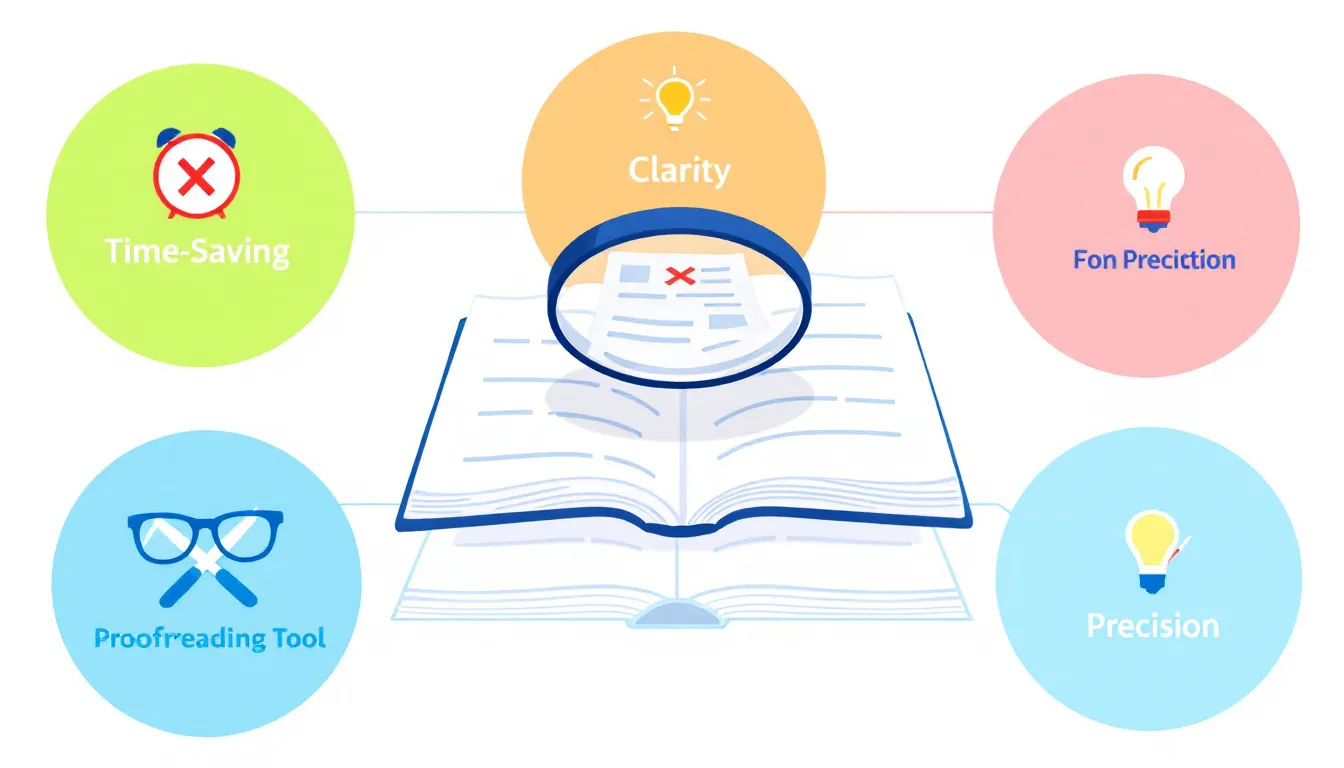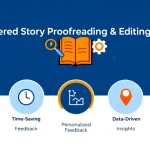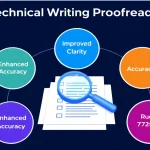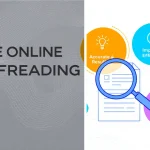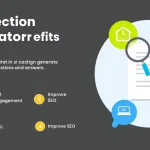Fiction Novel Proofreading and Analysis
Is this tool helpful?
How to Use the Fiction Novel Proofreading and Analysis Tool Effectively
Follow these steps to get the most accurate and helpful feedback from the tool:
- Enter Your Novel Text: Paste a section or the full text of your fiction novel into the main text area. For example, you might input a thriller opening like: “The rain hammered on the window as Detective Carter pieced together the final clues…” Or, a literary fiction excerpt: “Amelia’s thoughts drifted through the dimly lit café, stirring memories of lost afternoons.”
- Provide Author Notes (Optional): Use the notes field to share specific concerns or instructions for the proofreader. For instance, you could write, “Focus on smoothing transitions between chapters 2 and 3.” or “Check the consistency of slang in the dialogue.”
- Specify Genre and Style (Optional): Enter your novel’s genre and any stylistic notes to guide the analysis. Examples include “Urban Fantasy with dark humor” or “Contemporary Romance with a focus on emotional depth.”
- Submit Your Text: Click the “Proofread and Analyze Novel” button to start the review. The tool will analyze your manuscript based on the input and return detailed feedback.
- Review the Results: Read through the proofreading and analysis output carefully. This includes grammar checks, plot insights, pacing suggestions, and character consistency.
- Save or Share Feedback: Use the results to revise your manuscript or keep notes for future writing sessions.
What Is the Fiction Novel Proofreading and Analysis Tool?
This tool offers writers a comprehensive way to improve their fiction manuscripts through advanced proofreading combined with story analysis. It uses natural language processing to detect grammatical errors while also examining your narrative for plot coherence, character development, pacing, and style consistency.
Beyond basic spell-checks, it provides nuanced feedback tailored to your novel’s genre and tone, helping you refine your work without losing your unique voice.
Key Benefits of Using the Tool
- Detects spelling, grammar, and punctuation errors comprehensively
- Analyzes plot flow and identifies structural weaknesses
- Evaluates character consistency and development
- Assesses pacing to keep readers engaged throughout your story
- Flags stylistic inconsistencies and suggests improvements
- Offers dialogue enhancement tips and descriptive language advice
- Tailors feedback based on genre and writing style inputs
With this tool, you save valuable editing time and enhance your storytelling clarity, ensuring your novel resonates with your target readers.
Practical Uses of the Fiction Novel Proofreading and Analysis Tool
The tool serves a variety of writers with different genres and needs. Here are some real-world applications:
1. Enhancing Character Voice and Consistency
The tool reviews your dialogue and narrative to ensure each character maintains a distinct and consistent voice. For example, it might identify if a detective’s formal tone changes unexpectedly or if a teenager’s slang usage varies throughout chapters.
2. Improving Narrative Pacing
By analyzing chapter lengths, scene transitions, and plot progression, the tool points out sections that drag or rush ahead. This helps you balance tension and release, keeping readers hooked.
3. Strengthening Plot Structure and Continuity
It identifies potential plot holes, timeline errors, and continuity inconsistencies. For example, if a character knows information they shouldn’t yet have or if events contradict earlier scenes, you’ll receive alerts with suggestions to fix these issues.
4. Refining Literary Style
The tool assesses your use of literary devices such as metaphors, similes, and sensory details. It suggests where adding vivid descriptions or varying dialogue tags improves reader immersion.
5. Tailored Genre Feedback
Whether your novel is fantasy, mystery, romance, or historical fiction, specifying the genre helps the tool align its analysis with expected conventions. This ensures your manuscript fits the audience’s preferences while maintaining your creative edge.
Addressing Common Writing Challenges with This Tool
Inconsistent Character Dialogue
The tool flags inconsistencies in how characters speak across chapters, helping maintain distinct personalities. For instance, it can highlight if a sarcastic character suddenly uses formal language, helping you preserve authenticity.
Overuse of Weak Verbs and Adverbs
By suggesting stronger verbs and reducing unnecessary adverbs, the tool helps tighten prose. For example, replacing “walked slowly” with “ambled” or “strolled” creates more vivid imagery.
Balancing Show vs. Tell
It pinpoints sections heavy on exposition and encourages more sensory, active descriptions to engage readers better.
Detecting Plot Holes
The tool examines story logic and timeline to identify gaps where events or motivations don’t align logically, helping you ensure narrative coherence.
Enhancing Thematic Consistency
By analyzing recurring motifs and symbols, the tool helps you maintain consistent themes throughout your novel.
How This Tool Supports Your Writing Process
- Save editing time: Get immediate feedback on your manuscript to streamline revisions.
- Maintain your unique voice: Receive suggestions without losing your narrative style.
- Work on any device: The web-based tool lets you edit wherever you are.
- Track writing progress: Use consistent feedback to improve your skills with every draft.
- Prepare for publication: Polish your manuscript to meet professional standards before submission or self-publishing.
Important Disclaimer
The calculations, results, and content provided by our tools are not guaranteed to be accurate, complete, or reliable. Users are responsible for verifying and interpreting the results. Our content and tools may contain errors, biases, or inconsistencies. We reserve the right to save inputs and outputs from our tools for the purposes of error debugging, bias identification, and performance improvement. External companies providing AI models used in our tools may also save and process data in accordance with their own policies. By using our tools, you consent to this data collection and processing. We reserve the right to limit the usage of our tools based on current usability factors. By using our tools, you acknowledge that you have read, understood, and agreed to this disclaimer. You accept the inherent risks and limitations associated with the use of our tools and services.
